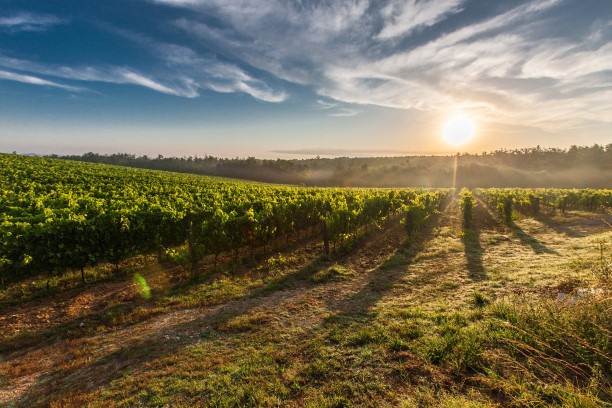Italy is a wine heaven and many people worldwide are aware of it. Wine tourism is experiencing continuous and fast growth in country. Last year, 14.2 million travelers visited the Apennine peninsula for degustation of the world’s finest wine. Moreover, over 90% of the wine routes registered an increased or stable sales, and arrivals. The segment of the industry generated a €3 billion turnover in 2016.
According to the Observatory of Wine Tourism, wine represents the main motivation for foreigners to visit Italy. 15% of visitors travel to the country for wine purposes. However, it is necessary to point out that only 25% of wine routes have set corresponding smartphone apps, while 4% of them still do not have a website. Improvement in this area is needed, as these small gadgets seem almost inseparable from people in today’s world.
On the other hand, municipalities tend to invest the tourist tax in wine tourism services. More than 75% of towns develop good relations with the wine routes, but nearly half of them did not yet set up an institutional tourist office. Thus, in some places, the data about arrivals and spending for wine tourism are still not collected.
Despite some critical issues, the links, transport, knowledge of languages and average level of restaurants, hotels etc. is considered fair by the municipalities, though not great.
“Many aspects are positive and we can still improve. But we must not hide that the municipalities must make a greater effort to improve relations with the supply chain. The good relationships are good for the economy and for services and local taxes which are, as pointed out, often invested into wine tourism,” Floriano Zambon, president of the Città del Vino organization, said.
Food, wine, art and landscapes are Italy’s most prized assets. When all of this is combined, the effect is magnificent. 93% of tourists coming to Italy want to experience memorable food and wine experiences, while 84% of wine tourists combine cultural experiences during their vacation.
Destinations such as Castello Banfi (Montalcino) and Ceretto (Alba) are examples of the success of the combination. These destinations welcome an annual figure of 65,000 and 35,000 visitors, respectively.
For example, in Piedmont, truffles are ingrained in the regional culture. Every restaurant has truffles on the menu. Visitors can even enjoy searching for them in nature with a truffle hunter, listen to truffle seminars and much more.

For tourists, wine-related activities in the region are fairly new, but the area has four regional wineries located in castles and other locales. In all, there are 400 wine producers that can be visited. In addition to truffles and wine, this area is home to various kinds of chees, fruit, honey and much more.
Mount Etna in Sicily is seemingly an unlikely place for producing quality wines, but the opposite is true. Vines grown in the shadow of an active volcano are a risky proposition, but they are also capable of producing deliciously complex wines.
Etna’s mineral-rich soils, combined with indigenous grapes, high altitudes, specific climates etc. are optimal elements to produce stellar wine. The Etna region is now going through a renaissance thanks to this wine tourism boom.
For ten years now the Contrade dell’Etna has been held. The event is focused on the volcano’s wines. Here wine producers of different areas of the region meet to taste and compare the best productions. The popularity is increasing and this year as many as 94 wineries took part, while 3,000 visitors arrived for “volcano wine” degustation.
This really seems atypical, but it only shows that Italy and wine is a marriage that may as well last forever. The country is a wine heaven and it is properly rewarded for its harvest.